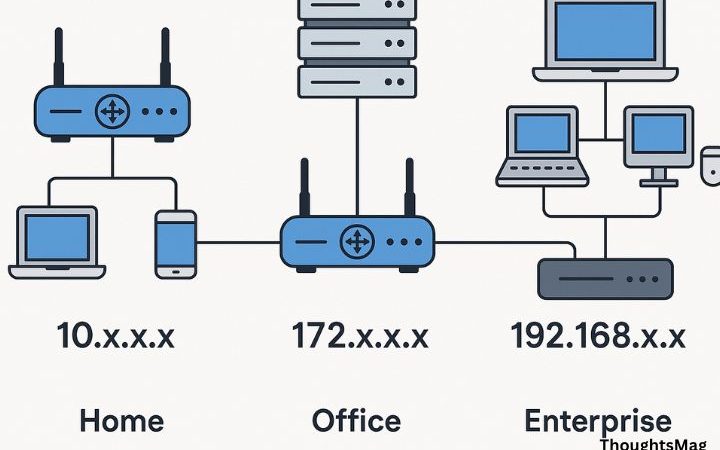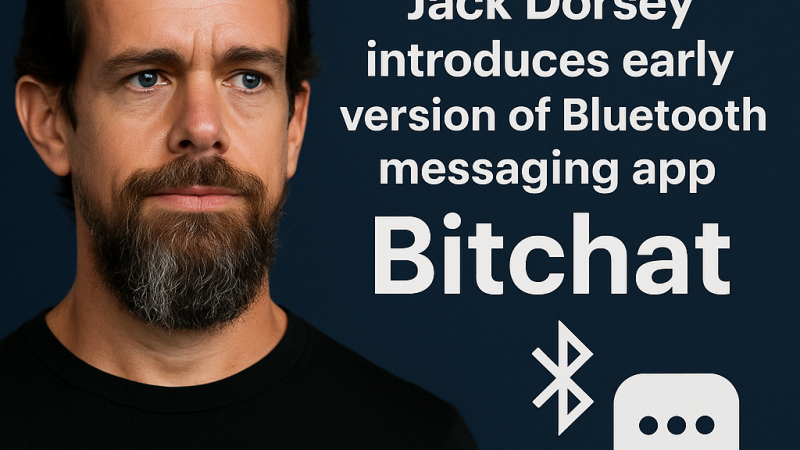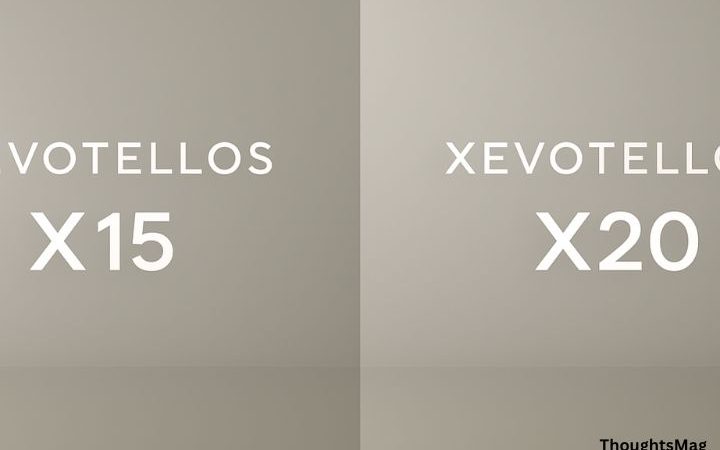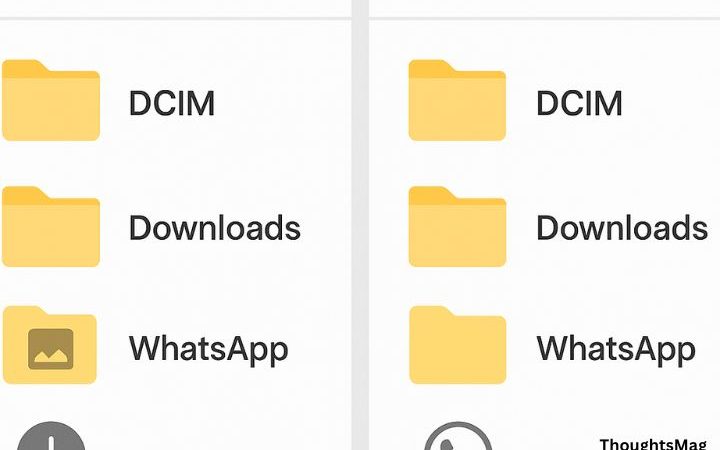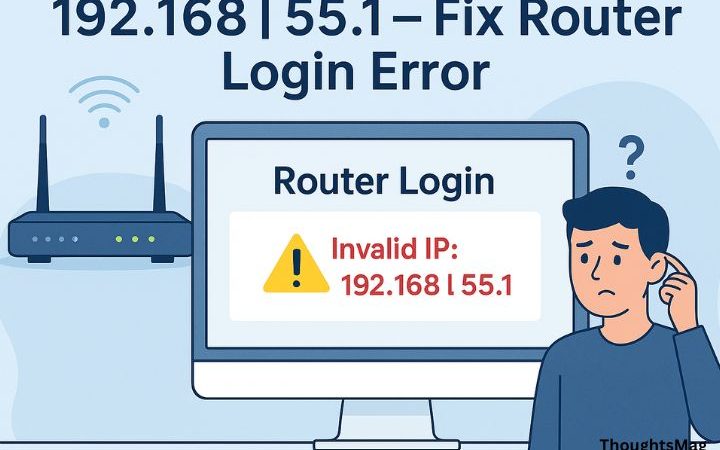3 Questions To Ask Before Starting Rich Media Creative Production

Rich media is a great form of digital advertising and can be really lucrative, in that it provides far better results than other creative. These high-impact ad formats are far more engaging than traditional text-only media, and because of this, businesses that implement rich media into their advertising campaigns often see a much higher Click Through Rate (CTR) and conversion rate.
Rich media can help your business stand out when advertising on other platforms and websites, making you a far more attractive prospect than your competitors, who may not be using this form of media. However, before you embark on creating a rich media campaign, there are still a few things you’ll need to figure out before you start. Here’s a look at some of the most important questions you should ask yourself before launching a rich media creative project.
What Type Of Rich Media Should I Use?
Rich media advertisements can take many different forms in terms of appearance and how they’re implemented, meaning that you’ll have to figure out how you want your advert to appear and behave. Here’s a few of them to help you make your decision:
Rich Media Banner Ads –
These are the most widely used forms of rich media and describe the adverts that run within a website’s content but generally stay within the ad space on the page.. The main benefits are that they are not too invasive and can grab attention by adding animation or interactive features. A recent trend is to utilize larger ad formats within content that appear as the reader scrolls down. This added real estate enables you to make the advert more interesting and to include more engaging content. Rich media banner ads can be found on Mobile and Desktop.
Rich Media Expandable Ads –
Rich Media Expandable adverts expand when a trigger happens, either by the viewer hovering, clicking, or tapping on the advert. This advertising can be slightly more intrusive to consumers but also provides a larger canvas for brand messaging and interactive features. The combination of the two makes the adverts engaging. Many times these expandable ads live at the bottom of the page in an adhesion format, which provides better viewability than many in-page placements. Expandable rich media creative are effective for both on mobile and Desktop.
Rich Media Interstitial Ads –
These types of rich media adverts appear full screen on a page and are usually triggered when a viewer first clicks onto a webpage. Of the three types of rich media ads, these are the most intrusive, as they cover the content of the page and require the user to close or dismiss the ad. Though, due to their full screen nature, these adverts have the potential to make a big impact. While they are hard to miss, it’s important to note that some potential customers could be upset with the ad, rather than engaged by it. Interstitial ads are available on mobile and are becoming less popular on Desktop.
How Should I Create The Ad?
Creating rich media advertisements is not as easy as developing a standard ad and takes a great deal of experience, time and resources, especially if design/development is not at the core of your business. Although creating rich media internally is possible with the right design tools such as Adobe, depending on the skill set of your staff, it might be a more sensible idea to work with an expert that can help you create these rich media ads. By outsourcing, you’ll eliminate the extra time and resources required to build these ads, while still improving the performance of your digital media. If you’re a small to a medium-sized brand that doesn’t have the resources, outsourcing is the best option when creating a rich media campaign.
Where Shall I Place It?
When you have figured out what type of rich media advertisement you want to use for your campaign and have found a digital media company to help you create it, you then need to figure out where it will be most optimal for you to place it. For the most part, your rich media will appear on websites and other pages online. For it to be most effective, these advertisements should live within contextually relevant content or pages that relate to the audience that the advertised product or service is targeted towards.
For example, a rich media advertisement promoting an upcoming animated comic series might not do so well on a website with a niche devoted to financial news. The reader will likely have more formal and business-orientated interests and, therefore, not engage with the advertisement as intended. Instead, that advertisement would perform better within a contextually relevant site or page that attracts a similar audience, maybe a page about comic books.
To help you pick the best platform to place your rich media advertisements, you will need to conduct some research on your ideal customer persona, identifying overarching characteristics that can then be used to help you find a place to put up your advert that shares this same demographic.
Some platforms will charge fees for the privilege of advertising on their websites, though It’s also worth noting that many rich media companies also offer media placement in addition to the creation of ads, without additional fees. This may influence your decision to ensure that your campaign is cost-effective.
Conclusion
Rich media ads can revolutionize your brand’s marketing and make it an engaging business that customers want to engage with. By considering these important questions before you embark on a project, you’ll ensure that your rich media content will perform well and improve your business in one way or another.

